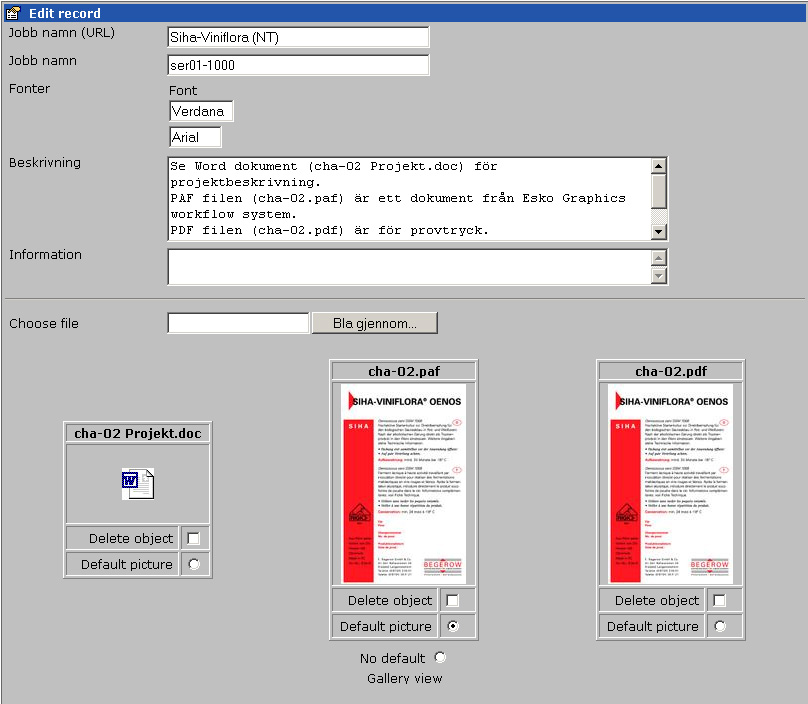
In the early 2000s — long before content platforms were SaaSified and WYSIWYG became the norm — I built MammonBase, a CMS and DAM designed to help small and medium-sized businesses take control of their content, media, and time-to-market.
As founder, lead developer, I created MammonBase to address a growing need: businesses were producing more digital content than ever, but lacked the tools to manage, reuse, and repurpose it effectively. Most CMS tools were too technical, too expensive, or too inflexible for the reality of day-to-day business needs. MammonBase was built to change that.
💡 What MammonBase Solved
MammonBase provided:
- A centralized digital archive to store and manage original production material, not just for websites but for print, sales, and internal documentation.
- A true WYSIWYG editing experience, allowing non-technical users to update content directly in the browser — at a time when this was nearly unheard of.
- Separation of content and design, allowing businesses to publish across multiple media types without duplication.
- An early take on modular architecture, supporting extensions like ecommerce, inventory, and WAP (wireless) access — all under one platform.
By centralizing content and standardizing media reuse, MammonBase dramatically reduced lead times, improved consistency, and helped businesses communicate smarter and faster.
👥 Who Used It?
MammonBase was built for brand-driven, resource-conscious businesses that wanted flexibility and speed without heavy IT investment. Typical users included:
- Marketing teams managing product materials and branded assets
- Legal and accounting firms storing secure documentation
- Architects, designers, and ad agencies managing files, proofs, and visuals
- Sales teams using the platform for quick, up-to-date presentations and proposals
A typical customer might store high-resolution product packaging, sync it across sales channels, and reuse it across web, print, and internal systems — all from the same place.
🔗 Why MammonBase Mattered
The system supported early ideas of what we now call one-to-one marketing, omnichannel publishing, and digital-first collaboration. It enabled:
- Quick reuse of existing assets without duplication
- Shorter communication loops between creators and customers
- A foundation for real-time collaboration long before cloud storage became mainstream
It was also cost-conscious by design — optimized for low hosting costs, quick onboarding, and low training overhead, with an open SQL backend that made integration easy.
🏁 Where It Ended Up
MammonBase was ultimately acquired by another technology company, and its DNA lived on in newer tools — but the lessons I learned from building it remain fundamental in how I think about product design today:
- User empowerment beats technical complexity
- Reusable data is more valuable than beautiful interfaces
- Build for adaptability, not just launch
MammonBase was my first deep dive into product strategy, UX, and modular architecture — and it laid the groundwork for everything I’ve done since, from editorial systems like VG News Portal to AI-powered platforms I consult on today.